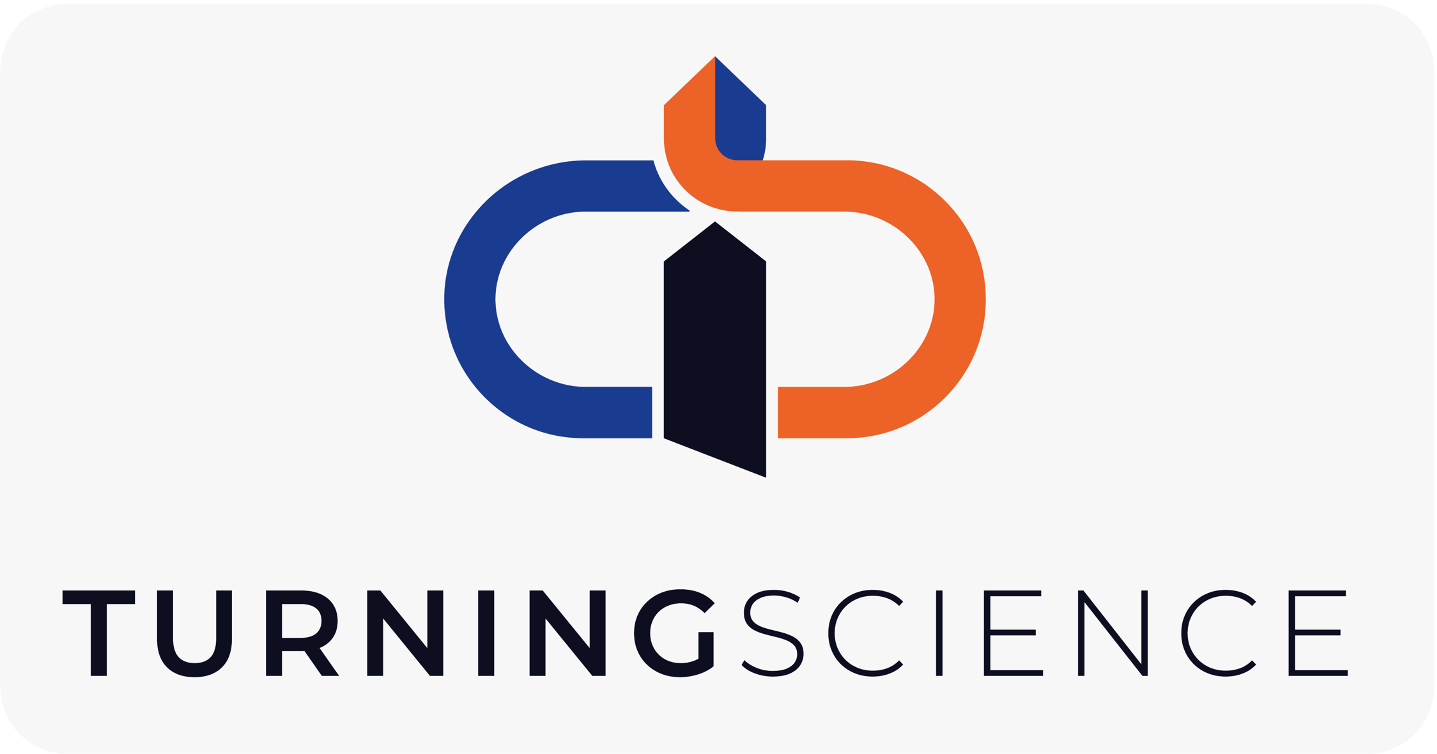How Many PhDs Stay in Academia?
“How Many PhDs Stay in Academia?”
This question has received a lot of discussion on social media recently.
Many detailed studies have been done on the topic, studying a range of geographic locations and scientific disciplines.
Here are a few that are often cited:
PhD Employability and Earnings from Analysis by the Higher Education Policy Institute (HEPI) concludes that 30% remain in academia 3.5 years after their PhD
Where will a Biology PhD take you? reports that 15% build their careers in academia.
Popular graph that is frequently shared (Figure 1.6 from the Royal Society’s 2010 Report, The Scientific Century) reports that a mere 0.45% become full professors.
Study results vary
The numbers vary quite a bit between these studies. Differences can be attributed to the scientific discipline studied as well as how far into their careers the test subjects were tracked. These differences lead to debate about what the ‘actual numbers’ really are.
As scientists we all enjoy talking about data and debating the reasons for the differences between various studies.
But the most important takeaway from these studies does not depend on whether the percentage of PhDs who stay in academia is 20% or 2%. Debating the ‘actual numbers’ is a waste of time.
The only conclusion that matters
The most important takeaway is this:
Pursuing an academic career is now the exception rather than the rule.
Detailed and costly studies are not needed to arrive at this most relevant conclusion.
Don’t believe me? Read on…
Wondering what scientists do when they work outside academia? Check out the stories in my book Shaping the World:
A ‘back of the envelope’ approach
As a physicist, I like to start any investigation with a ‘back of the envelope’ approach that helps me understand the big picture.
In the particular case of ‘how many PhDs stay in academia,’ this back of the envelope approach gives us everything we need. I’ve walked many people though this simple estimate and we always arrive at the same conclusion.
The steps are as follows:
Step 1: How many PhDs do you think the average professor graduates over the course of their career? (Guesses vary a bit, but typically range between 10 and 20. )
Step 2: How many PhDs does it take to replace that professor when they retire? (Everyone agrees that it takes only 1. )
Step 3: What percentage of PhDs does that suggest will become professors like their advisors, assuming a steady state? (The answer ranges from 5% to 10%, depending on the number chosen in step 1. )
Thus, with very little time or expense, we arrive at the same relevant takeaway:
Pursuing an academic career is now the exception rather than the rule.
Scientists love to discuss data
As a scientist who built a career in industry, I’ve learned that my scientific curiosity often tempts me to analyze a problem at a level of detail much higher than is actually needed to address the problem.
I’ve observed that a similar thing happens when many scientists consider this question of how many PhDs remain in academia.
Does it really matter whether the ‘actual number’ is 3% or 7% or .03%?
Not really.
For all of those numbers, the outcome is the same. The traditional view that most PhDs will follow their advisors down the career path to become a professor and graduate their own PhDs is outdated.
And career preparation for PhDs needs to change as result.
So, why do universities seem so slow to adopt this fact?
One wonders whether the debate over the ‘actual numbers’ leads academics to conclude that the question remains open. But that isn’t true at all.
The jury is no longer out on this one.
An industry perspective
In my career in industry, I’ve seen many new PhDs scientists struggle with knowing when to quit analyzing and move on to another problem. I’ve spoken with many industry managers who complain about the same thing.
And I understand why PhDs struggle with this. Our graduate training in academic research teaches us to go as deep as needed to fully understand the problem before we publish it for the world to see and critique.
But in business, any effort beyond what is needed to achieve the desired results is an inefficiency that is not tolerated.
Given that most PhDs will leave academia, it only makes sense to adopt the industry approach and decide that we have analyzed the problem long enough.
It’s time to take action and solve the problem.
Let’s start preparing PhDs for the careers that most of them will have.




